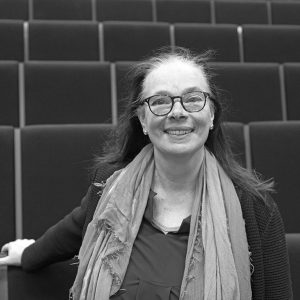Lecture: “Dutch Hofjes as Hidden Architectural Gems”
The Dutch Hofje – a hidden green intimate courtyard enclosed by repetitive houses for singles – is a very inspirational typology for those working on sustainable social inclusive and green urban living environments.
In contrast to courtyards that were part of, for example, monasteries or speculative exploitation buildings, which were only built in a certain period, the architecture of charity hofjes effortlessly survived the late Middle Ages, the early capitalist era, the Enlightenment and the era from the industrialization period to the development of the post-modern service society. Up to the present time, dominated as it is by neoliberal ideas and market forces, the hofje remains a source of inspiration for (social) housing.
The hofje is deeply rooted in Dutch culture and therefore in Dutch collective memory. Time and again, it is put on the table by not only architects and policymakers, but also socially committed property developers or developers of luxury projects, because of all the positive connotations that surround it.
The lecture unravels the secrets of the Dutch Hofje: how to direct the urban atmosphere; what can we learn about collectivity; how is this tradition taken forward by architects reflecting on the archetype and contemporary societal conditions?

